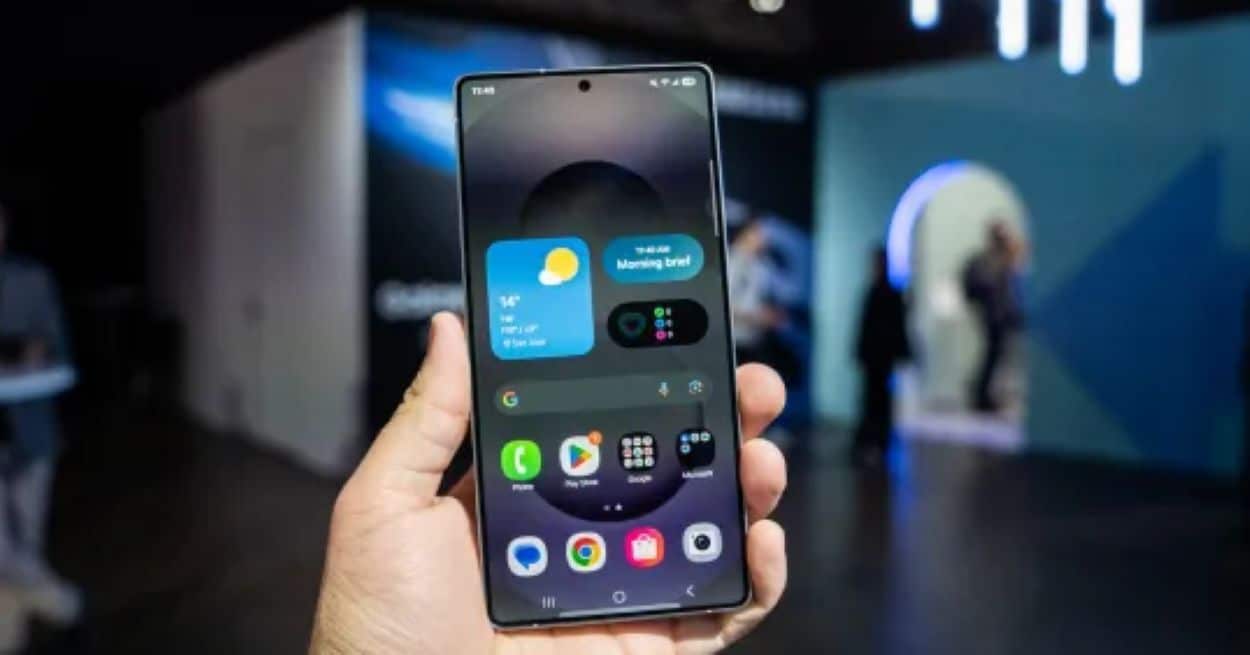On July 8, 2025, Samsung Electronics forecasted a 56% decline in Q2 operating profits to ₩4.6 trillion ($3.5 billion), missing analyst expectations due to struggles in the AI chip market.
Samsung projected Q2 2025 operating profits at ₩4.6 trillion, down from ₩10.44 trillion in Q2 2024, falling short of LSEG’s ₩6.26 trillion estimate, per CNBC. Revenue is expected to be ₩74 trillion, below the forecast of ₩75.55 trillion. Shares dropped 1.13% in early trading, per Reuters. The decline is attributed to inventory adjustments and U.S. restrictions on AI chip sales to China, which are affecting Samsung’s $300 billion market capitalisation.
Samsung expects a 56% drop in Q2 operating profit, far short of estimates https://t.co/WBKrFEGsLV https://t.co/WBKrFEGsLV
— Reuters Business (@ReutersBiz) July 7, 2025Samsung’s delay in developing high-bandwidth memory (HBM) chips, which are crucial for AI applications, has allowed competitors like SK Hynix, a major supplier to Nvidia, to take the lead in this market. Currently, Nvidia accounts for 70% of the HBM demand, significantly influencing market dynamics. Additionally, ongoing losses in Samsung’s foundry business are further undermining its competitive position.
Samsung Expects Quarterly Operating Profit to Drop 56% https://t.co/RgiI2G1FvQ
— WSJ Tech (@WSJTech) July 7, 2025SK Hynix’s dominance in HBM, supplying Nvidia’s $3 trillion AI ecosystem, outpaces Samsung. U.S. export controls, intensified by Trump’s tariff threats, limit Samsung’s sales in China, per to The Wall Street Journal.
Despite launching the Galaxy Watch 8 on July 9, Samsung’s chip division, which contributes 40% of the company’s revenue, faces significant pressure. The global AI chip market, valued at $45 billion, is growing at an annual rate of 20%, underscoring the missed opportunity for Samsung.






